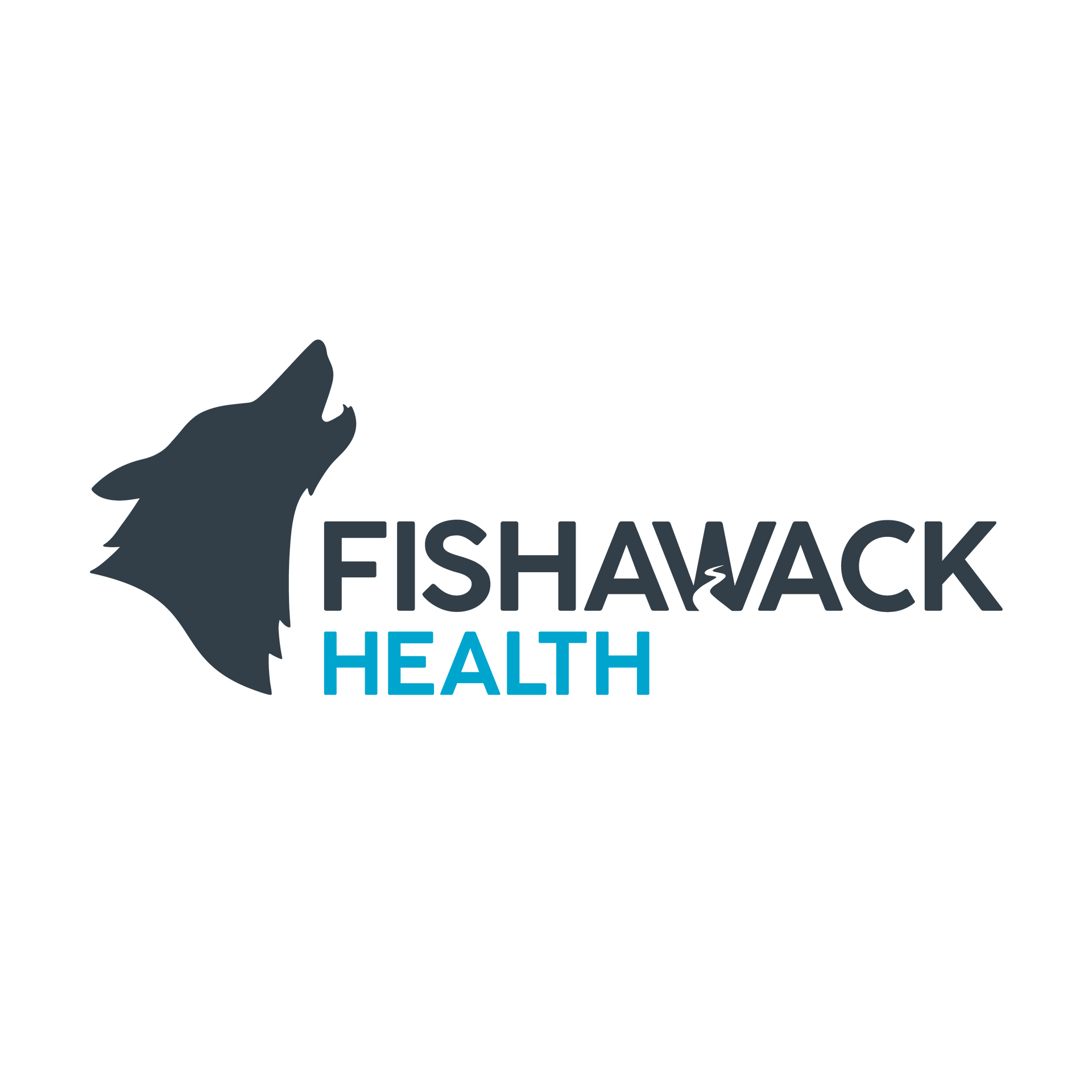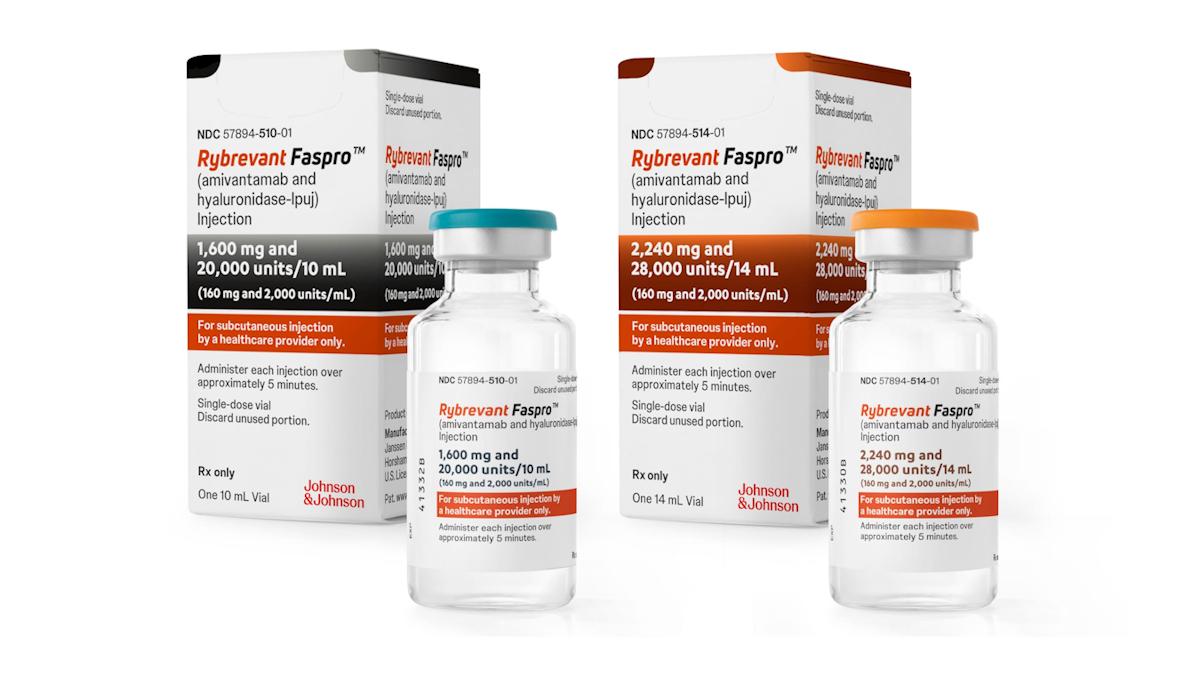Three strategies for managing loss of exclusivity successfully


“Patent losses could sink Allergan”.1
“Drug prices to plummet in wave of expiring patents”.2
“Price decay after loss of brand exclusivity”.3
These are just three headlines that come up when you Google “drug patent expiry”.4
It’s no wonder “loss of exclusivity (LOE)” or “the patent cliff” is an ominous prospect for drug manufacturers – shrouded in the threat of job losses and falling share prices.
However, for society patent expirations are fundamentally a good thing – crucial to maintaining the balance between encouraging innovation and improving opportunities for all.
Loss of exclusivity (LOE) is a natural milestone in a drug’s lifecycle. Focused and effective late lifecycle management can preserve meaningful value for the brand. Kellogg’s Corn Flakes had “generic” competition within a month of its launch more than 100 years ago, and yet it’s still the dominant brand in its market. Having said that, Kellogg’s didn’t face laws and policies that require alternatives to be used over a branded product – this problem is really pharma’s alone.4 With this in mind, just as we do for launch – LOE should be strategically planned for years in advance and carefully managed.
Humalog – Tapping into patient attachment
The history of insulin captures one of the mystifying complexities of the pharmaceutical market — how long-standing drugs become more expensive with time and competition fails to hold down prices.5
Eli Lilly’s Humalog compound and formulation patents expired in 2013 and 2014, respectively.6 The stakes were extremely high, with annual costs of insulin reaching $736 per patient in 2013, up threefold since 2002.7
In late 2017, the FDA approved Admelog, Sanofi’s biosimilar of Humalog.8 Eli Lilly responded by launching an LOE strategy that tapped into patients’ desire for a stable treatment plan.
Patients had years of experience and comfort managing their disease on their current regimen and were resistant to change. Eli Lilly’s messaging focussed on the potential negative impact on adherence should their prescribed treatment change.
RESULT: Humalog is still Lilly’s second top-selling drug with nearly $3 billion in sales in 2018. However, 2019 saw Eli Lilly respond to criticism of high insulin prices by launching a cut-price version.9
Viagra – Over-the-counter switching
Famously developed as a blood pressure treatment, Viagra soon proved to have an unexpected—and highly lucrative—sexual side effect, helping men maintain erections.10 Since FDA approval in 1998 the ‘Little Blue Pill’ had some of the fastest prescription uptakes and sales growth of any medication, bringing in $400 million in revenue in its first quarter after launch and going on to produce annual sales of about $1.8 billion.11
Since losing exclusive rights in 2017, Pfizer undertook an over-the-counter switching strategy to guard against revenue loss. Online sales through Pfizer’s website and health tech start-ups like Roman allow patients to bypass their doctor and buy medication online. In 2017, Pfizer announced it would produce a generic version, called Sildenafil, at half the cost of the brand name. Pfizer are protecting their ‘Little Blue Pill’ brand image with one small, but very significant difference between Viagra and Sildenafil – Sildenafil is white.
RESULT: Pfizer still holds a lead in the erectile dysfunction market even as generics erode sales. Between December 1, 2018 and January 31, 2019, 65% of erectile dysfunction prescriptions filled were for Viagra or its generic version12.
Prilosec – Benchmark for franchise management
AstraZeneca’s patent for its top-selling gastroesophageal reflux disease drug was due to expire in 2001.13 They launched a huge effort to transition PRILOSEC patients their newer product NEXIUM. They employed hundreds of new salespeople to detail doctors and hospitals, spent millions on TV and magazine ads and handed out masses of free samples. They tapped into patient and prescriber concerns that transitioning patients from a blockbuster drug like Prilosec to a generic counterpart or other class of drug can cause episodes of patient pain or discomfort.
RESULT: As of 2002, 40% of PRILOSEC patients had switched to NEXIUM, which notched up sales of $3.9 billion in 2004.14 Simultaneous with the switch to NEXIUM, AstraZeneca grew its overall Gastroenterology franchise – by nearly 9% from 2001 to 2002.15
The top three things to consider if you’re approaching LOE:
1) Start the LOE planning process early
Your success will be determined years before LOE actually happens. Share prices tend to take a year to level out after LOE. After this period, the impact of what you do will be far less significant. Ideally start work 4 – 5 years before if you’re factoring in medical and research and development strategies. If you’re deploying purely commercial LOE strategies, 1-2 years in advance may be sufficient.
2) Know what your competitive environment will look like post-LOE
Track all generic entrants and new branded entrants who may reshape the treatment landscape. Do not try and adapt your strategy to be a generic strategy – although price is important and difficult to compete against, don’t fight it. The branded version still has the company perspective and the relational perspective. Instead, maintain face-to-face communication around the time of LOE – when generic competitors enter the market it can be really valuable way to maintain already loyal customers.
3) Understand stakeholder drivers in each market
Generally, there have been shifts in decision making power from the physician to the payer but it’s important to understand the instances where physicians and patients may have decision making power. During the pre-LoE phase, it’s essential to conduct a deep dive into the buying process to understand the key drivers in the prescription flow. Seek opportunities to collaborate with your stakeholders to develop ideas and incentives which meet their specific needs. Don’t forget pharmacists – they are often overlooked but can play a critical role in the buying process.
REFERENCES:
- Seekingalpha.com
- Nbcews.com
- Pharmaphorum.com
- Pm360online.com
- Washingtonpost.com
- PBSnews.com
- PBSnews.com
- New.sanofi.us
- Medcitynews.com
- Fortune.com
- Cnbc.com
- Markettradingnews.com
- Forbes.com
- Pharmafile.com
- Eyeforpharma.com











